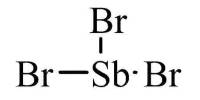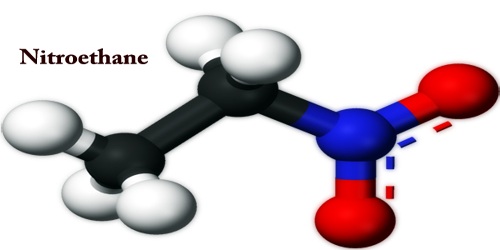Lead telluride is a compound of lead and tellurium (PbTe). It is a compound of lead and tellurium, known for its semiconductor properties. It crystallizes in the NaCl crystal structure with Pb atoms occupying the cation and Te forming the anionic lattice. It is a narrow gap semiconductor with a band gap of 0.32 eV. It occurs naturally as the mineral altaite.
It’s primarily used in thermoelectric materials, where it can convert temperature differences into electrical voltage, making it valuable for applications in power generation and cooling systems. It’s used in power generation from waste heat, in cooling devices, and in infrared detectors.
Properties
PbTe can be synthesized through various methods, including solid-state reactions and chemical vapor deposition. While PbTe is effective, the presence of lead raises concerns about toxicity and environmental impact, prompting research into safer alternatives.
- Chemical formula: PbTe
- Molar mass: 334.80 g/mol
- Appearance: gray cubic crystals.
- Density: 8.164 g/cm3
- Melting point: 924 °C (1,695 °F; 1,197 K)
- Solubility in water: insoluble
It is a p-type semiconductor, meaning it predominantly carries positive charge carriers (holes). PbTe maintains good thermoelectric performance over a range of temperatures, particularly in the range of 300 K to 700 K. It has good optical absorption in the infrared region, making it useful for infrared detectors.
Occurrences
- Natural Occurrences: PbTe can be found in nature as a mineral known as altaite, although it is relatively rare.
- Geological Context: It often occurs in association with other minerals in lead-rich deposits and can be found in hydrothermal veins.
- Industrial Sources: PbTe is produced as a byproduct in the refining of copper and lead ores, particularly those that contain tellurium.
Applications
It is an important semiconductor material with unique properties and various applications, particularly in thermoelectric devices.
- Thermoelectric Devices: Used in power generation and refrigeration.
- Infrared Sensors: Employed in thermal imaging and spectroscopy.
- Solar Cells: Investigated for use in high-efficiency solar panels.
















